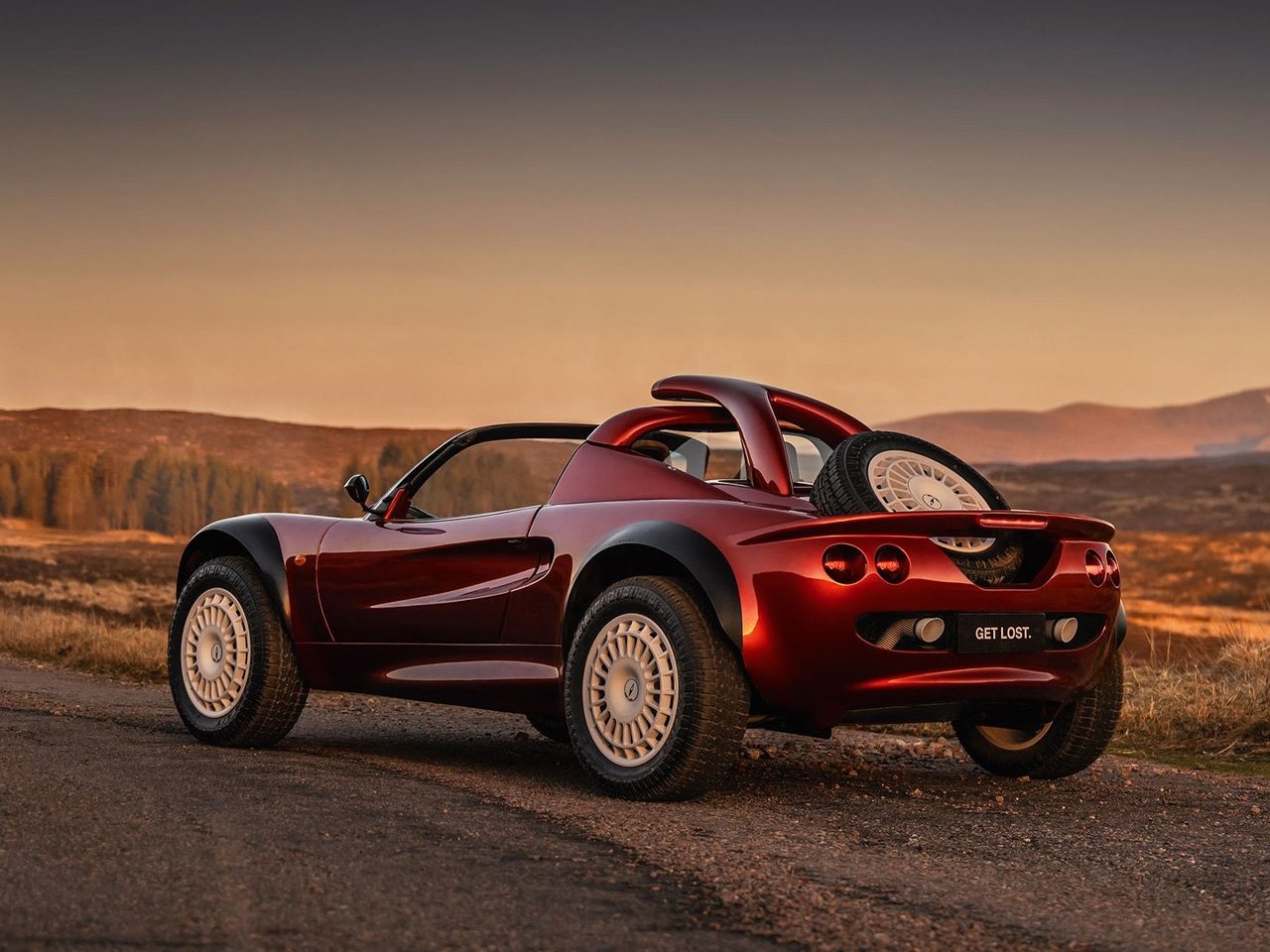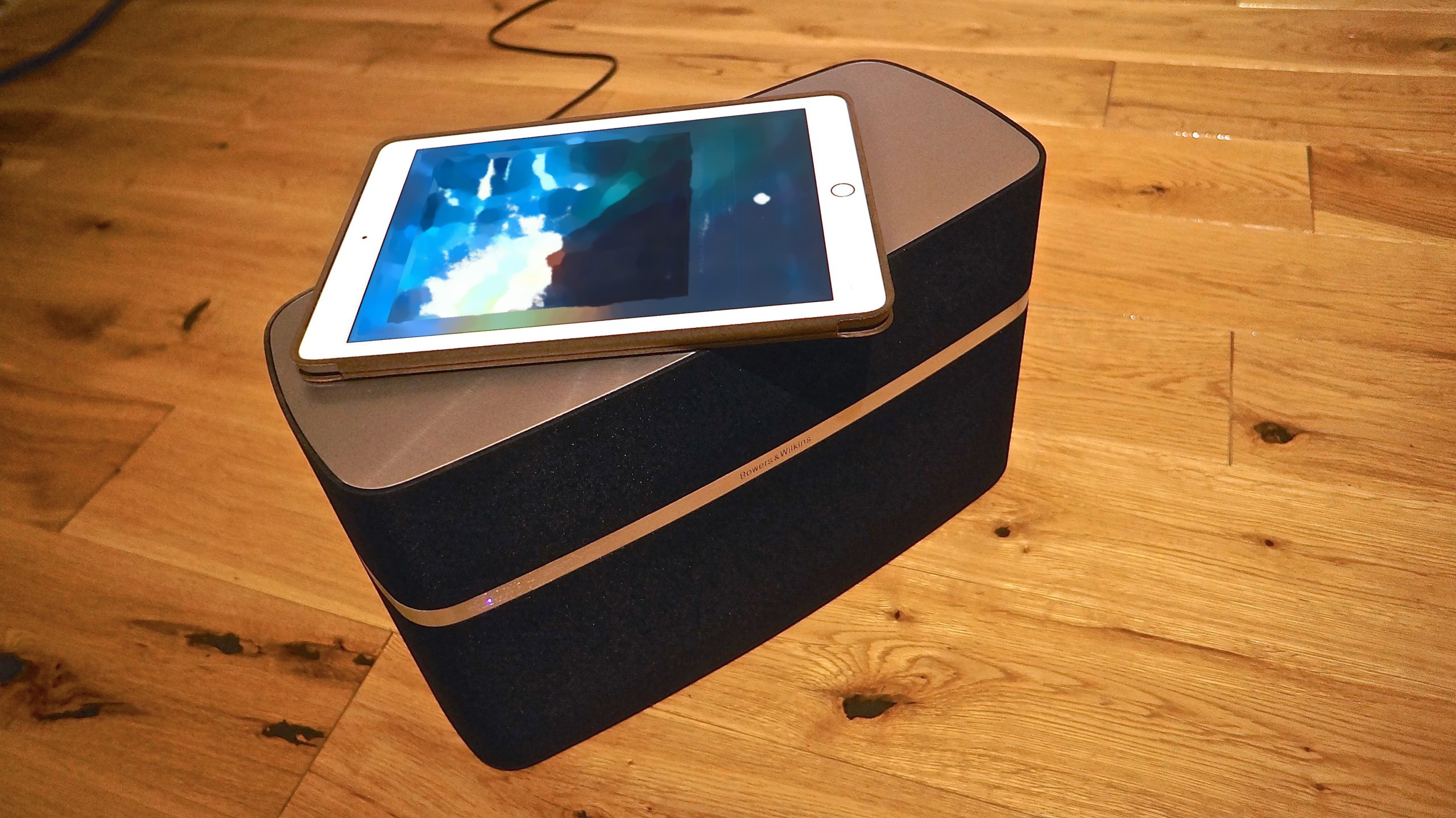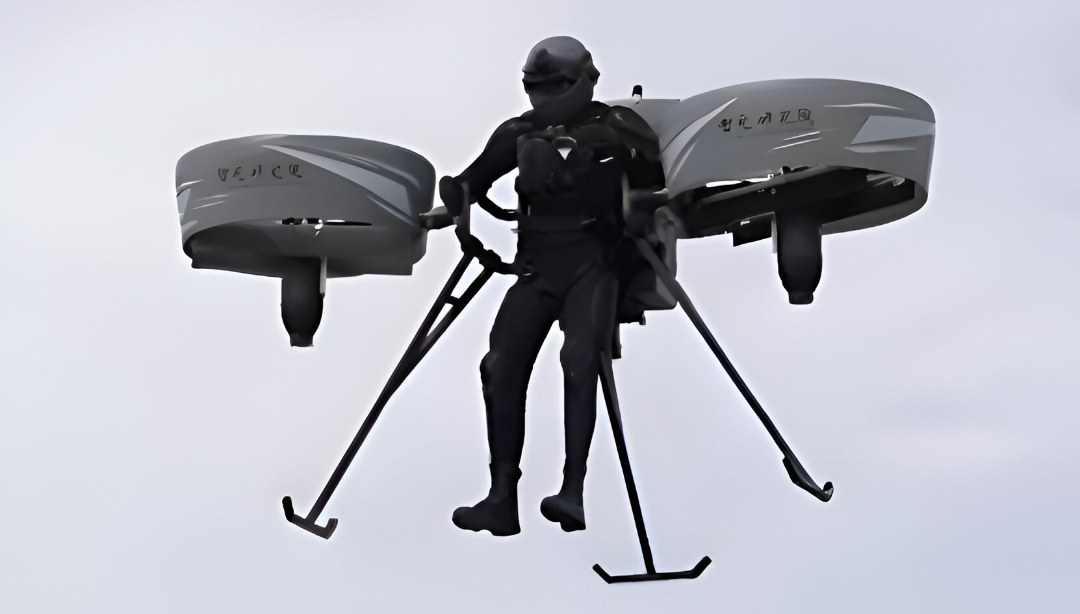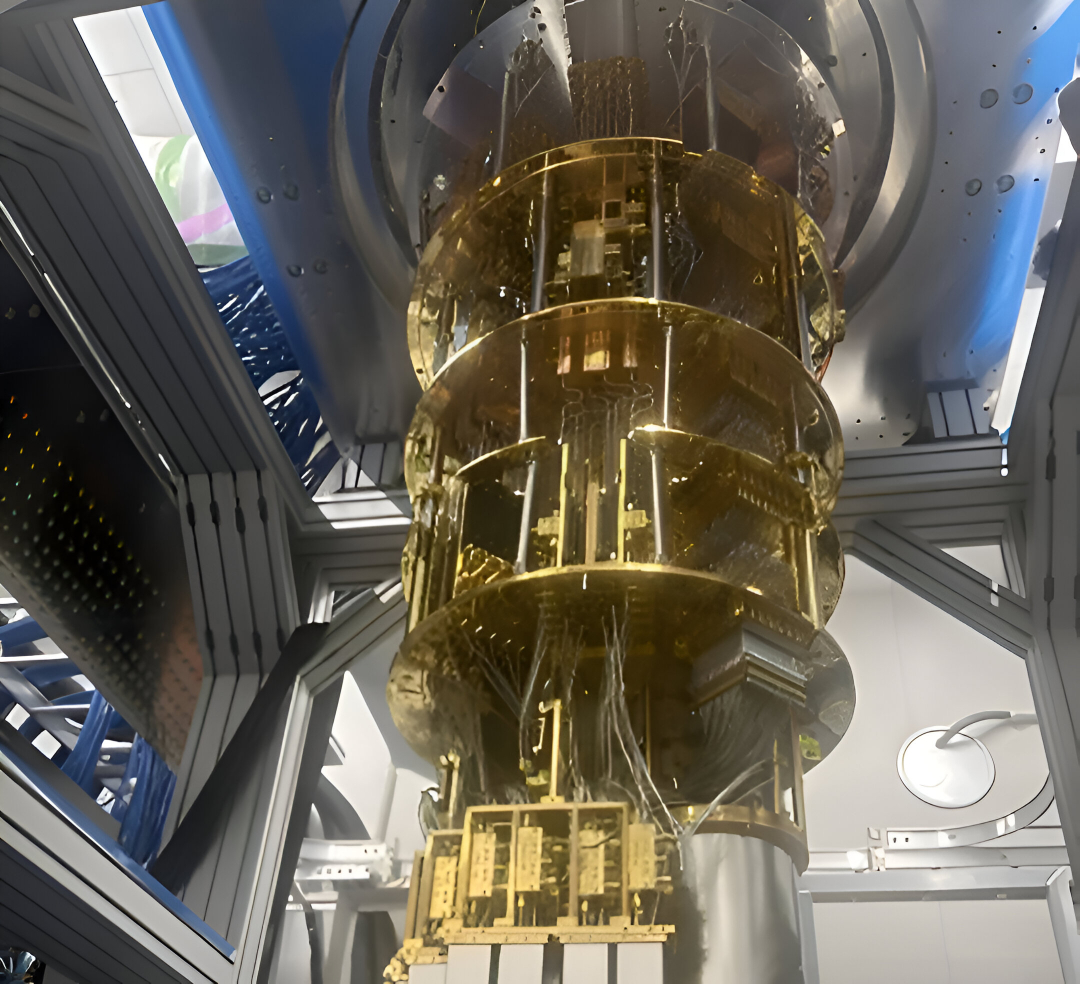Get Lost, a Surrey-based company led by motorsports photographer GF Williams, has created a striking restomod of the Lotus Elise S1 called Project Safari. This unique build preserves the lightweight character and nimble handling that made the original Elise famous, while completely reimagining its purpose for dirt trails and rally stages instead of smooth racetracks.
The Lotus Elise Legacy: A 90s Icon Reimagined
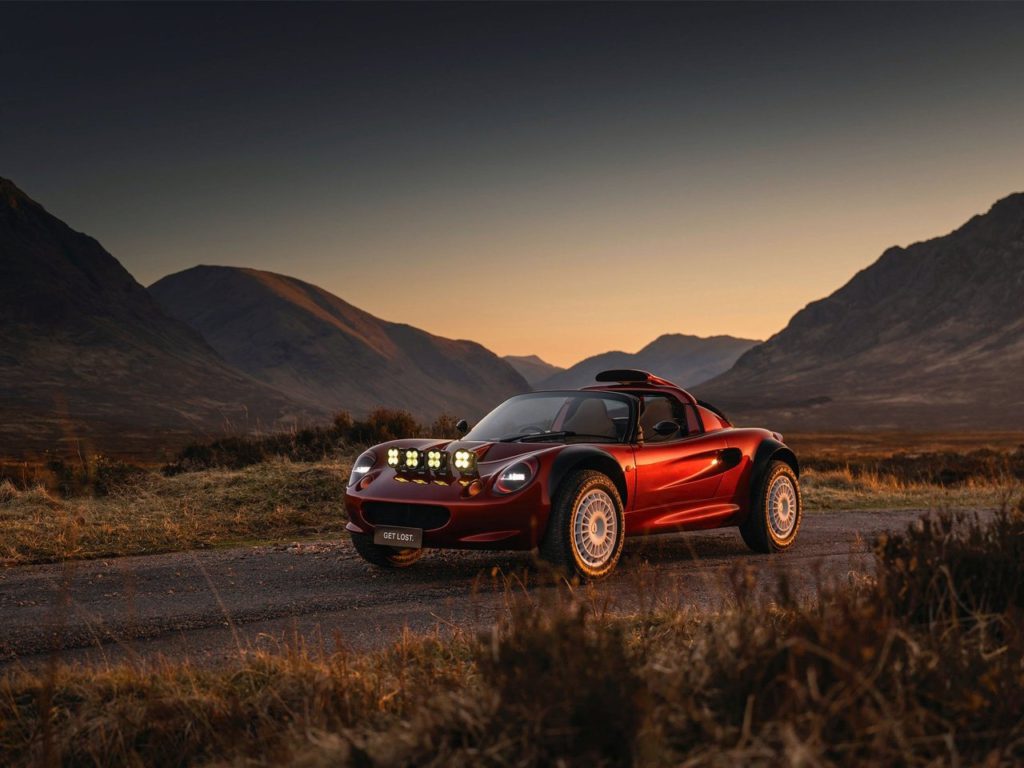
The Lotus Elise S1 holds a special place in automotive history. When it debuted in the mid-90s, it captivated enthusiasts with its pure, driver-focused experience. The Elise represented Colin Chapman’s philosophy of “simplify, then add lightness” in its most distilled form – a minimalist approach that prioritized handling and driver engagement over raw power or luxury.
While the Elise may have been overshadowed by more mainstream sports cars like the Porsche 911 in recent years, it remains an icon for driving purists. Its lightweight aluminum chassis, mid-engine layout, and responsive handling created a driving experience that was unfiltered and exhilarating.
What makes Project Safari so intriguing is how it takes this track-focused sports car and completely reimagines its purpose. Rather than enhancing its on-track capabilities, Get Lost has transformed the Elise into something its designers never envisioned – an off-road adventure vehicle that maintains the core Lotus values while exploring entirely new territory.
Philosophy: More Than Just a Modified Elise
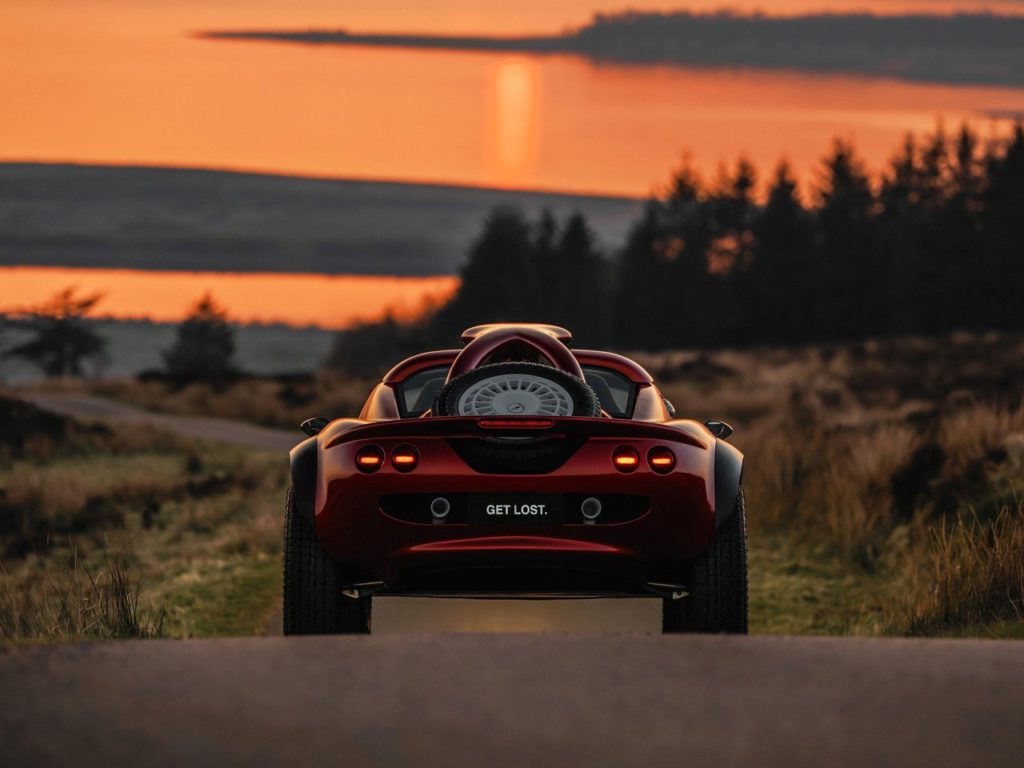
Project Safari isn’t simply a Lotus Elise with bigger tires and a lift kit. As George Williams emphasizes, “This is not a modified Elise, it’s our interpretation of what the platform had to offer. Everything has been considered – from the design to the drive – all in the pursuit of creating something fun.”
This philosophical approach is what separates true restomods from simple modifications. The team at Get Lost approached the project with a holistic vision, rethinking every aspect of the vehicle while respecting its original character. The result is a coherent design that feels purposeful rather than haphazard.
Williams’ background as a motorsports photographer gives him a unique perspective on automotive design. Having captured countless race cars in action, he understands how form follows function in motorsport, and this knowledge has influenced Project Safari’s development. Every modification serves a purpose, contributing to the vehicle’s off-road capabilities while maintaining the delicate balance that made the original Elise so special.
Chassis and Suspension: Elevated for Adventure
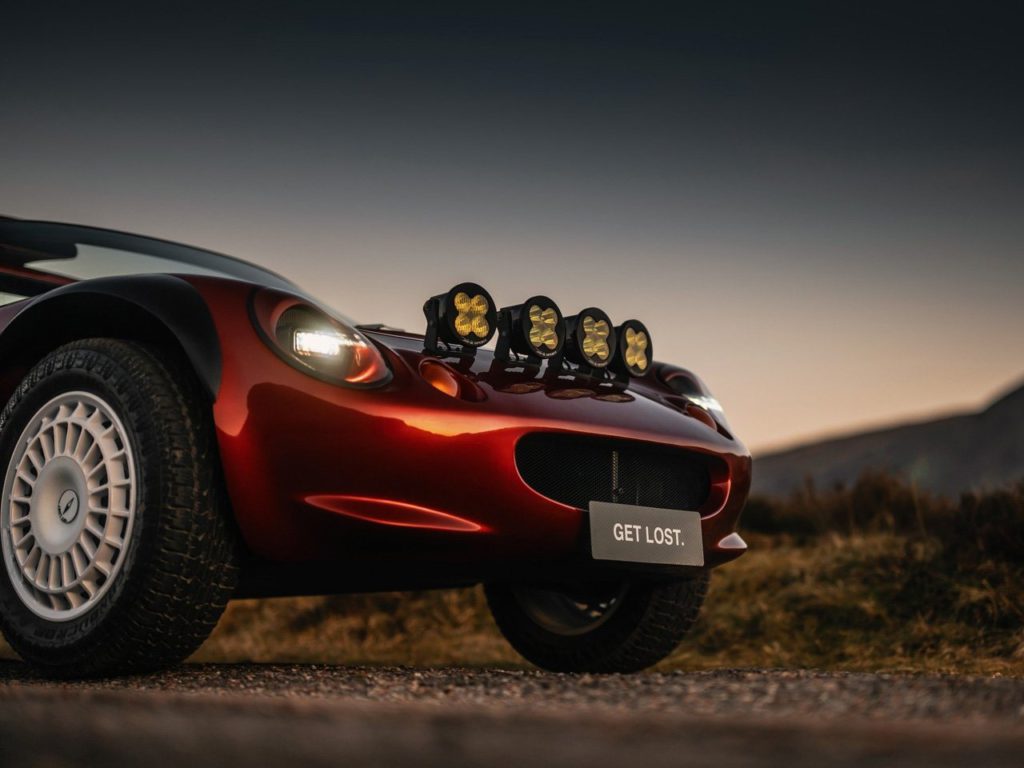
The most fundamental change to transform the track-hugging Elise into an off-road machine is the completely reworked suspension system. Get Lost has lifted the car by 100mm (about 4 inches), dramatically increasing ground clearance for navigating rough terrain. This isn’t just a matter of adding spacers – the entire suspension geometry has been recalibrated to maintain handling characteristics despite the increased height.
Underneath, the car’s belly has been reinforced with maximum protection to shield vital components from rocks, ruts, and debris. This comprehensive underbody armor ensures the delicate mechanical components remain safe during aggressive off-road driving.
The bespoke suspension components are coated in Cerakote – a ceramic-based finish commonly used on firearms that provides exceptional durability and protection. This detail shows the thoughtfulness behind the build, as standard paint would quickly be chipped away by flying rocks and debris on rally stages.
Despite these substantial changes, Project Safari maintains Elise’s trademark lightweight character. This careful balance ensures that while the car can now tackle rough terrain, it hasn’t lost the nimbleness and responsiveness that made the original so special.
Exterior Modifications: Rally-Inspired Aesthetics
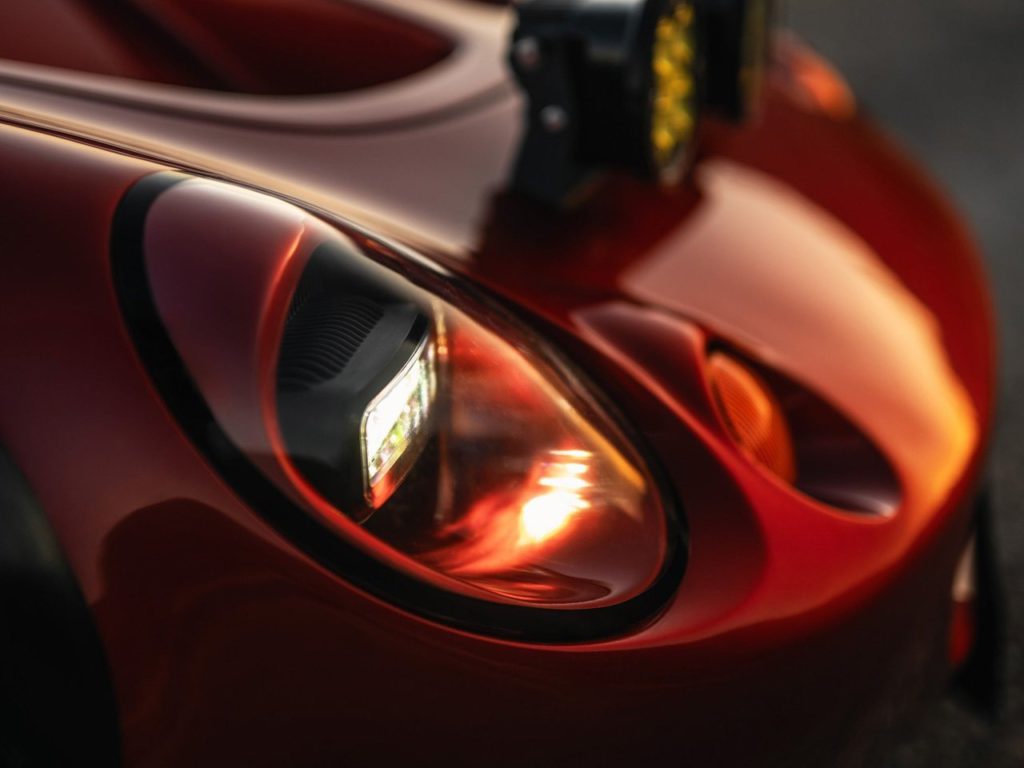
Project Safari’s visual transformation is dramatic yet purposeful. The original Elise’s rounded headlights have been replaced with rectangular units, giving the car a more aggressive, utilitarian appearance. This wasn’t just an aesthetic choice – rectangular lights provide better illumination patterns for off-road driving.
Complementing these main lights are yellow auxiliary lights mounted on the hood, a classic rally car feature that helps illuminate dusty tracks and provides better visibility in challenging conditions. The color choice of yellow is deliberate – this wavelength penetrates dust and fog better than white light.
Large fenders have been added to accommodate all-terrain tires, giving the car a muscular stance that contrasts with the original Elise’s slender profile. These wider fenders aren’t just for show – they provide necessary coverage to prevent rocks and mud from being thrown up against the bodywork.
Every exterior modification serves both form and function, creating a cohesive design that communicates the vehicle’s capabilities at a glance. While radically different from the original, Project Safari maintains enough Elise DNA to be recognizable as a distant relative of the track-focused sports car that inspired it.
Powertrain Upgrades: More Muscle for the Dirt

While we don’t know what engine now powers Project Safari, it strongly hints that the original 1.8-liter Rover K-Series engine has been replaced with something more powerful. This makes perfect sense for an off-road vehicle, where low-end torque is crucial for navigating challenging terrain.
A distinctive mid-mounted roof scoop has been added, with an intake that splits into two ducts feeding air directly to the engine. This design element serves a practical purpose – providing clean, cool air to the engine in dusty conditions – while also adding a distinctive visual element that immediately communicates the car’s performance intentions.
The exhaust system has also been upgraded, featuring zircon-coated twin pipes. This exotic coating provides exceptional heat resistance and durability, necessary for an exhaust system that will be exposed to extreme conditions. The twin-pipe configuration also suggests a more powerful engine, requiring greater exhaust flow than other High-Performance Exotic Cars.
These powertrain modifications balance increased performance with the Elise’s lightweight philosophy. Rather than simply installing the largest possible engine, Get Lost appears to have chosen a power unit that complements the chassis dynamics while providing the additional muscle needed for off-road conditions.
Rally-Specific Controls: Performance Beyond Pavement

To transform Elise’s driving dynamics for rally use, Get Lost has installed several specialized control systems. Most notably, the car features a rally-style limited-slip differential and a hydraulic handbrake – two components that are essential for off-road performance but weren’t part of the original Elise’s track-focused design.
The limited-slip differential provides crucial traction control when driving on loose surfaces. Unlike a standard differential that can allow one wheel to spin uselessly when traction is lost, a limited-slip unit transfers power to the wheel with better grip, helping to maintain forward momentum in challenging conditions.
The hydraulic handbrake is perhaps the most rally-specific addition to the controls. Unlike a standard handbrake that simply holds a parked car in place, a hydraulic system allows for precise modulation during active driving. Rally drivers use this to initiate controlled slides for navigating tight corners on loose surfaces – a technique known as a “Scandinavian flick.”
These specialized controls transform how the Elise behaves on loose surfaces, giving the driver the tools needed to exploit the chassis’ potential in environments the original car was never designed to encounter.
Practical Rally Features: Ready for the Rough Stuff
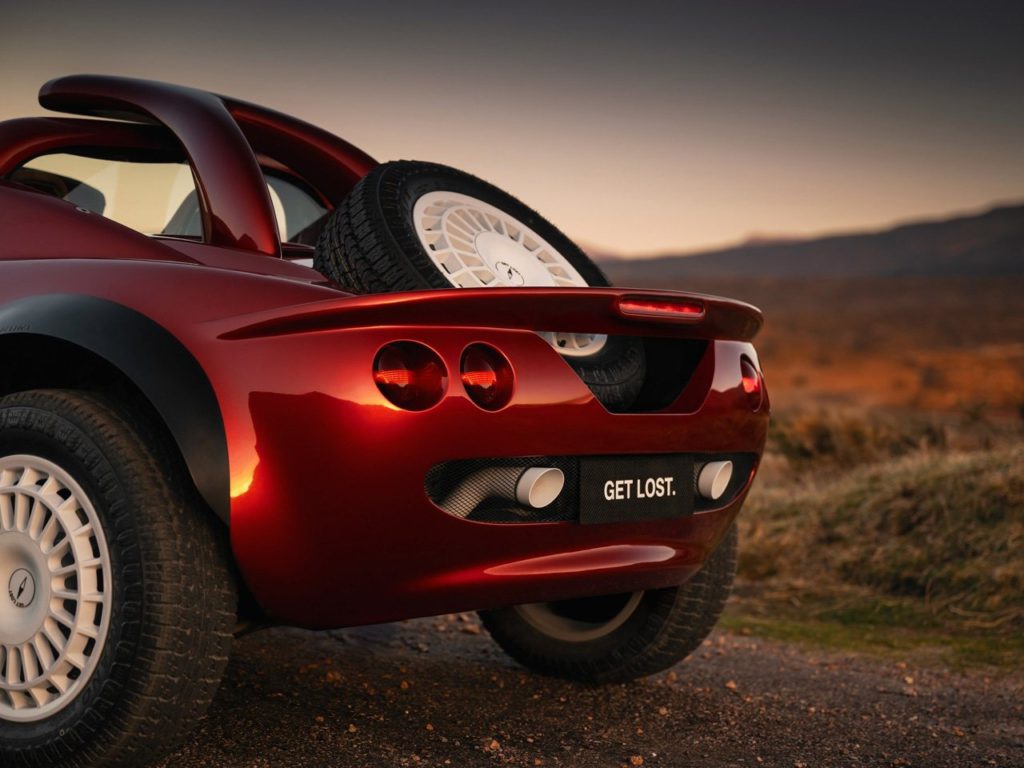
Project Safari incorporates numerous practical features that prepare it for serious off-road use. Most visibly, a robust roll bar has been installed, providing crucial protection in the event of a rollover – a genuine risk when driving at speed on unpredictable surfaces.
The rear deck has been redesigned to hold a spare tire, an essential provision for remote driving where a puncture could otherwise end an adventure prematurely. This spare isn’t simply bolted on as an afterthought – it’s elegantly integrated into the design with floating wings that echo WRC (World Rally Championship) cars.
These floating wings serve an aerodynamic purpose, helping to manage airflow at speed while also providing a distinctive visual signature. The integration of practical elements like the spare tire into the overall design aesthetic shows the thoughtfulness behind Project Safari’s development.
Every component has been selected and positioned with both function and form in mind, creating a vehicle that’s prepared for serious off-road use while maintaining a cohesive design language that builds upon the Elise’s original character.
Interior Refinement: Comfort Meets Capability

While the exterior and mechanical changes are the most obvious aspects of Project Safari, Get Lost hasn’t neglected the interior environment. The car features bespoke seats trimmed in an unexpected combination of leather and tweed – materials that blend luxury with durability.
This material choice is both practical and stylistic. Leather provides durability and water resistance, while tweed adds grip to keep occupants in place during aggressive driving. The classic British fabric also creates a link to the Lotus brand’s heritage and the tradition of British motorsport.
Although the article doesn’t detail other interior modifications, rally vehicles typically feature additional instrumentation, simplified controls, and reinforced mounting points for safety harnesses. These elements would be essential for a vehicle intended for serious off-road use.
The interior refinements demonstrate Get Lost’s comprehensive approach to the project. Rather than focusing solely on the mechanical aspects of the conversion, they’ve considered the driver and passenger experience, creating an environment that’s both functional for rally use and enjoyable for road driving.
Project Safari represents a fascinating reinterpretation of a beloved sports car, demonstrating how creative thinking can breathe new life into classic designs. Production is scheduled to begin by the end of this year, and while pricing hasn’t been announced, this limited-production restomod will undoubtedly command a premium reflecting its unique capabilities and hand-crafted nature.

